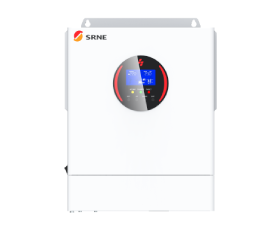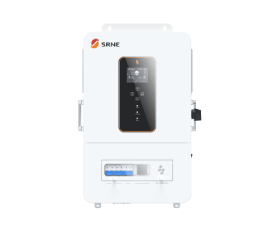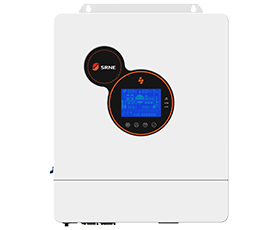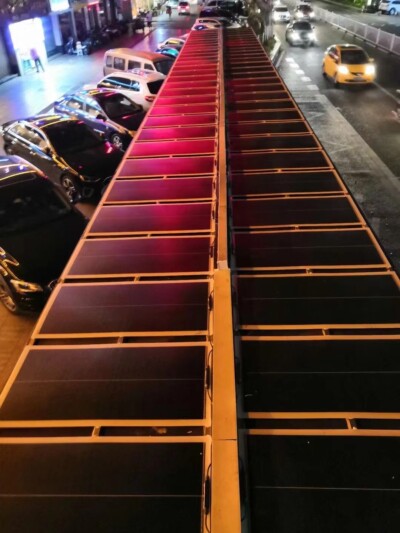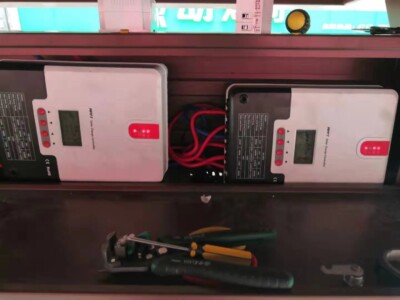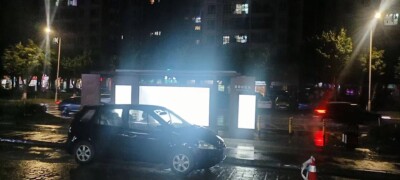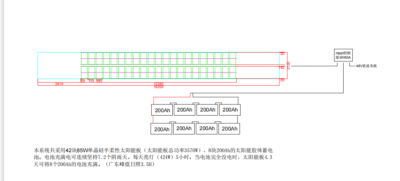Application of Solar Charge Controller ML4860
Today we will share a case of solar charge controller ML4860 for bus station in Guangdong Province. First, let's look into the features and functions of ML4860. It is an off-grid household solar charge controller, which can be used in many places such as residence and remote areas.
Introduction to the features of ML4860
The maximum power point tracking algorithm can significantly improve the energy utilization efficiency of photovoltaic systems.
When the solar panel is shadowed or part of the it breaks down, there will be multiple peaks of the I-V curve. Solar charge controller ML4860 is still able to accurately track the maximum power point. The MPPT tracking efficiency is up to 99.9%.
ML4860 can be connected to gel batteries, sealed batteries, abroach batteries and customized batteries, etc. Also, ML4860 can automatically identificate the storage battery voltage.
ML4860 has LED fault indicators and an LCD screen which can convey system error information, which help users to quickly identify system faults. What's more, users can not only check operating data and status through the LCD screen, but also modify the controller parameters.
The controller has an overheat protection mechanism. When the temperature exceeds the set value, the charging current will decline in linear proportion and discharging will be shut off so as to curb the temperature rise of the controller and keep the controller from being damaged by overheat. Featuring a temperature compensation function, ML4860 can automatically adjust charging and discharging parameters in order to extend the lifespan of battery. Besides, the controller also has TVS lightning protection function. The controller is available for standard Modbus protocol and meets different communication needs.
The configuration of the system solution:
Load: Advertising board lighting;
Battery: Eight gel batteries (200Ah);
Solar charge controller: Two SRNE ML4860.
The system adopts a total of forty-two 85W monocrystalline silicon semi-flexible solar panels (the total power of the solar panels is 3570W), and eight 200Ah solar gel batteries. A fully charged battery can last for 7.2 rainy days (five hours a day). When there is no electricity in the solar batteries, the solar panel can fully charge the eight 200Ah batteries in 4.3 days.

































